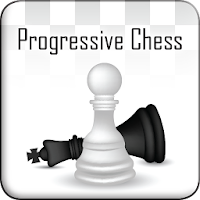Lenovo Legion Go S Review
The Lenovo Legion Go S: A Handheld PC Review
Handheld gaming PCs have surged in popularity, largely thanks to the Steam Deck. Lenovo's Legion Go S aims to compete, but its performance and pricing raise questions. Unlike its predecessor, the Go S boasts a unibody design, ditching removable controllers and extra buttons for a more streamlined experience. A SteamOS version is slated for later this year, a first for non-Valve handhelds, but this review focuses on the Windows 11 model.
Lenovo Legion Go S – Image Gallery
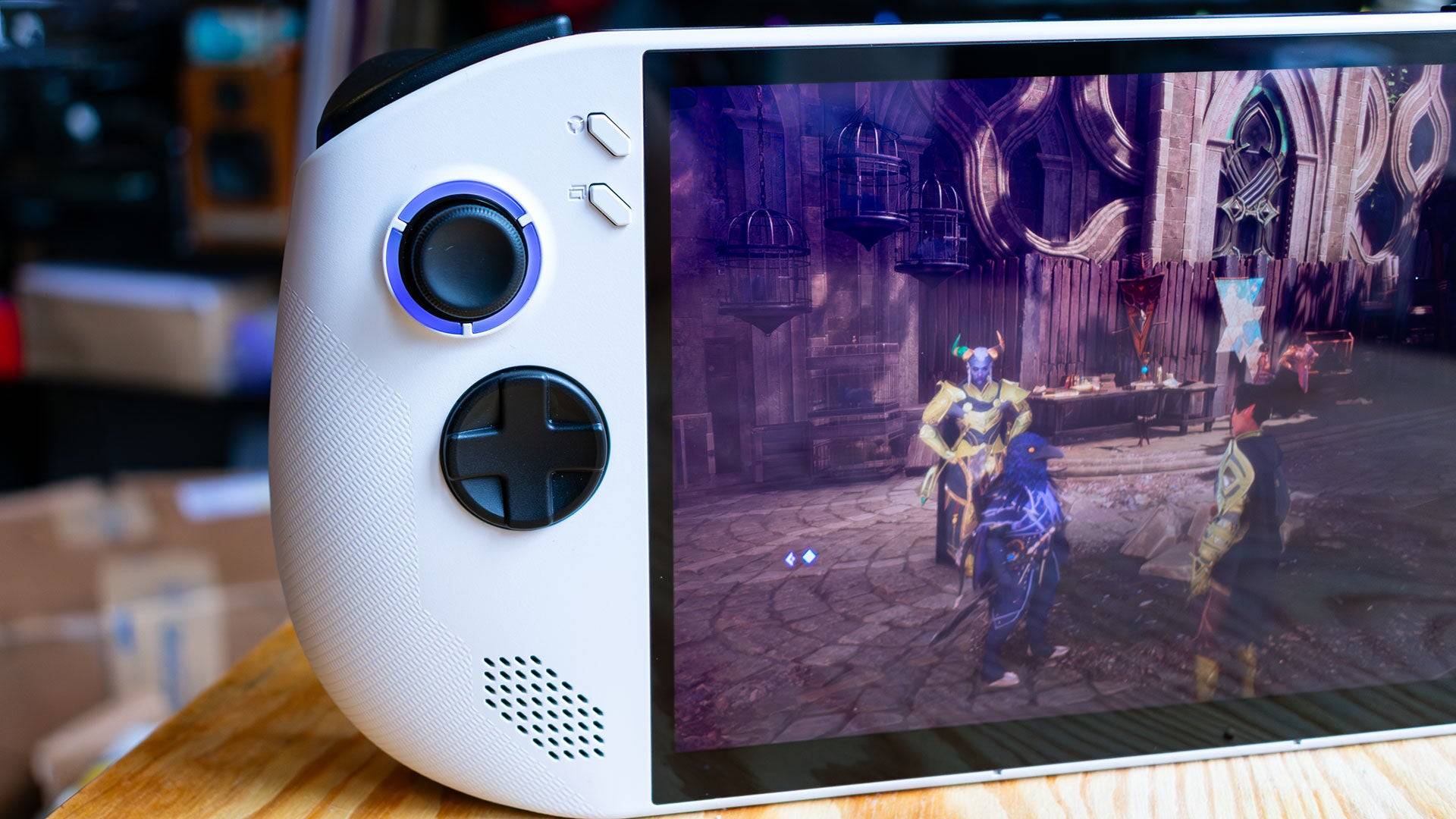
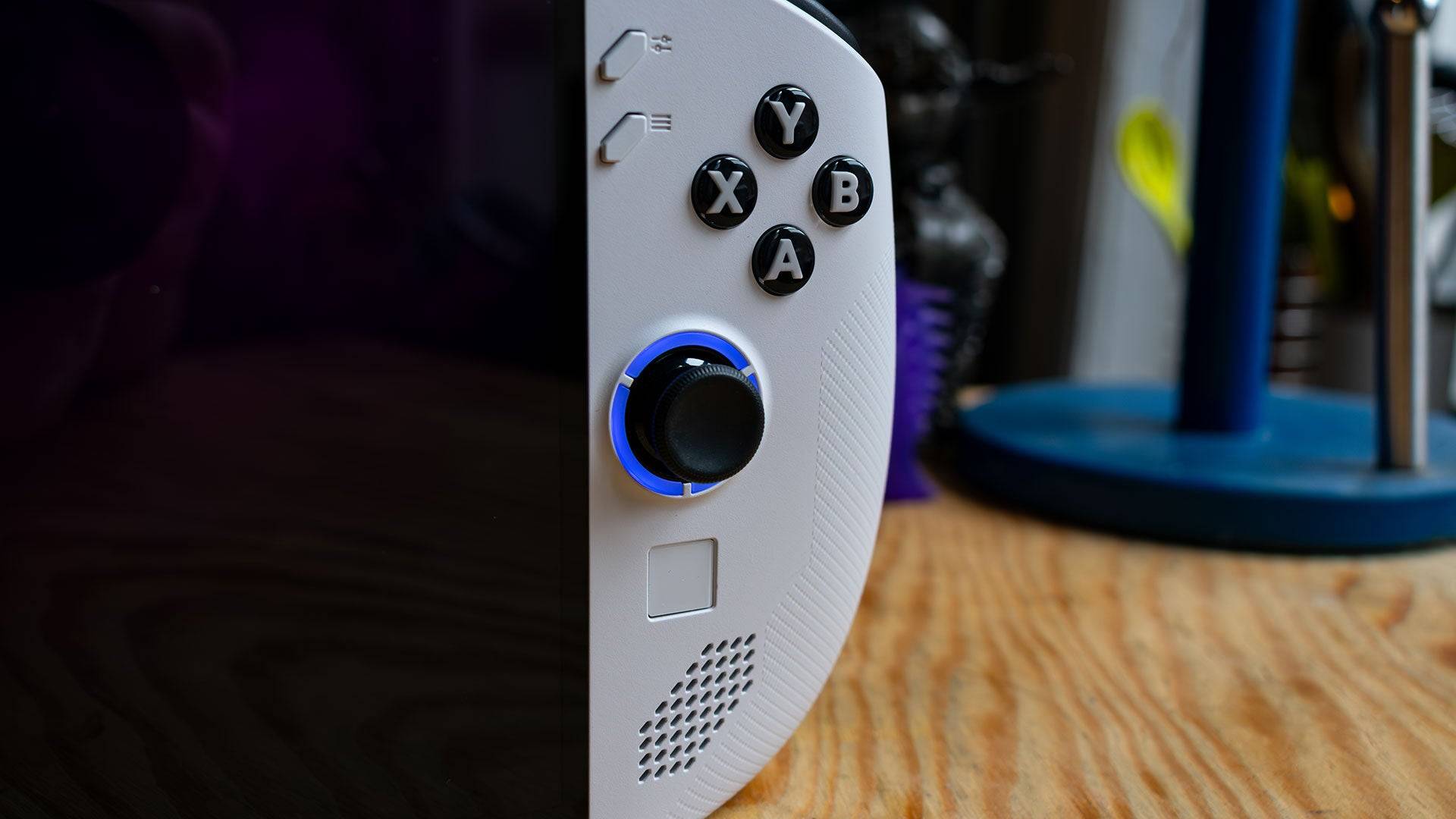 7 Images
7 Images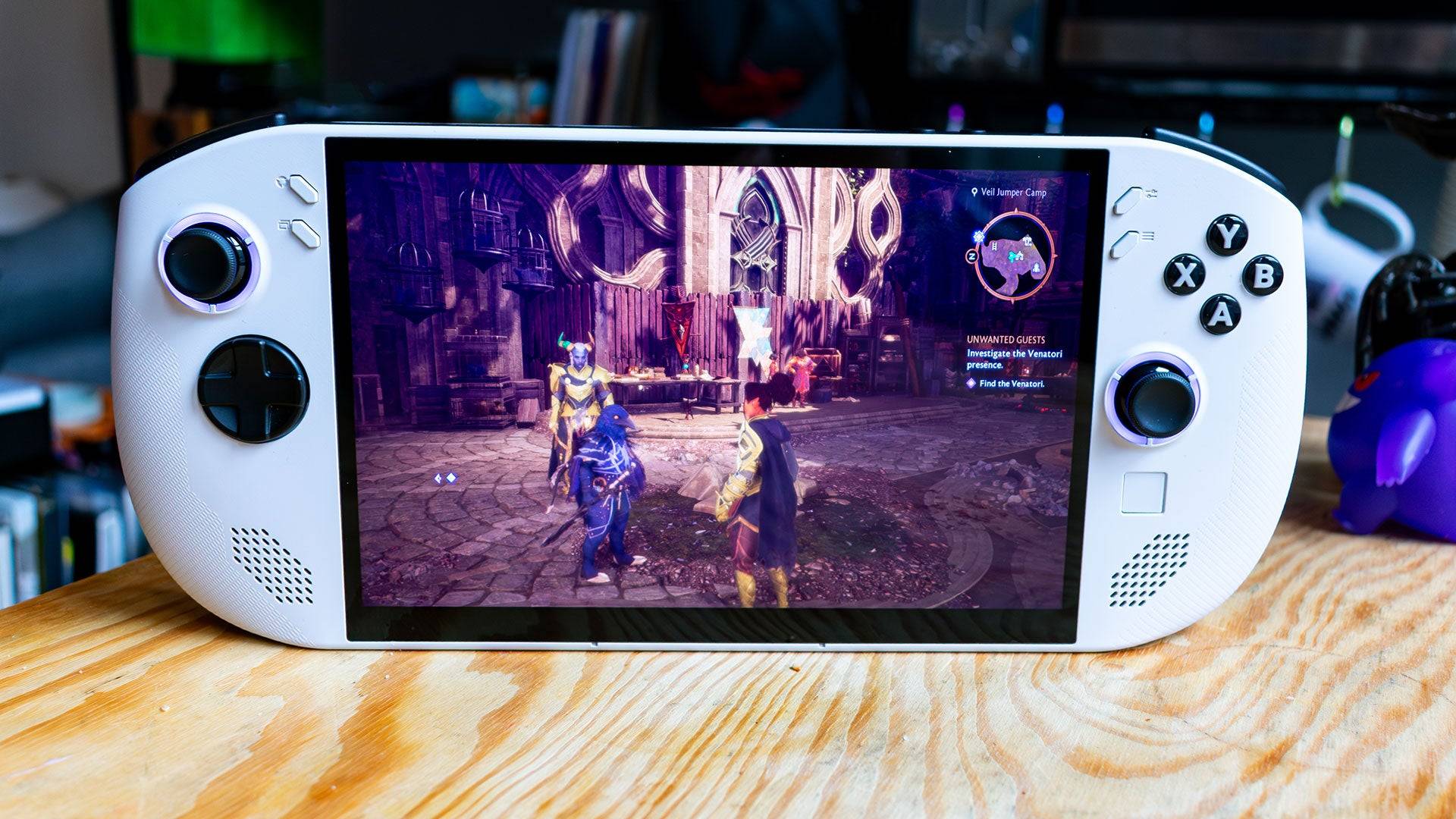
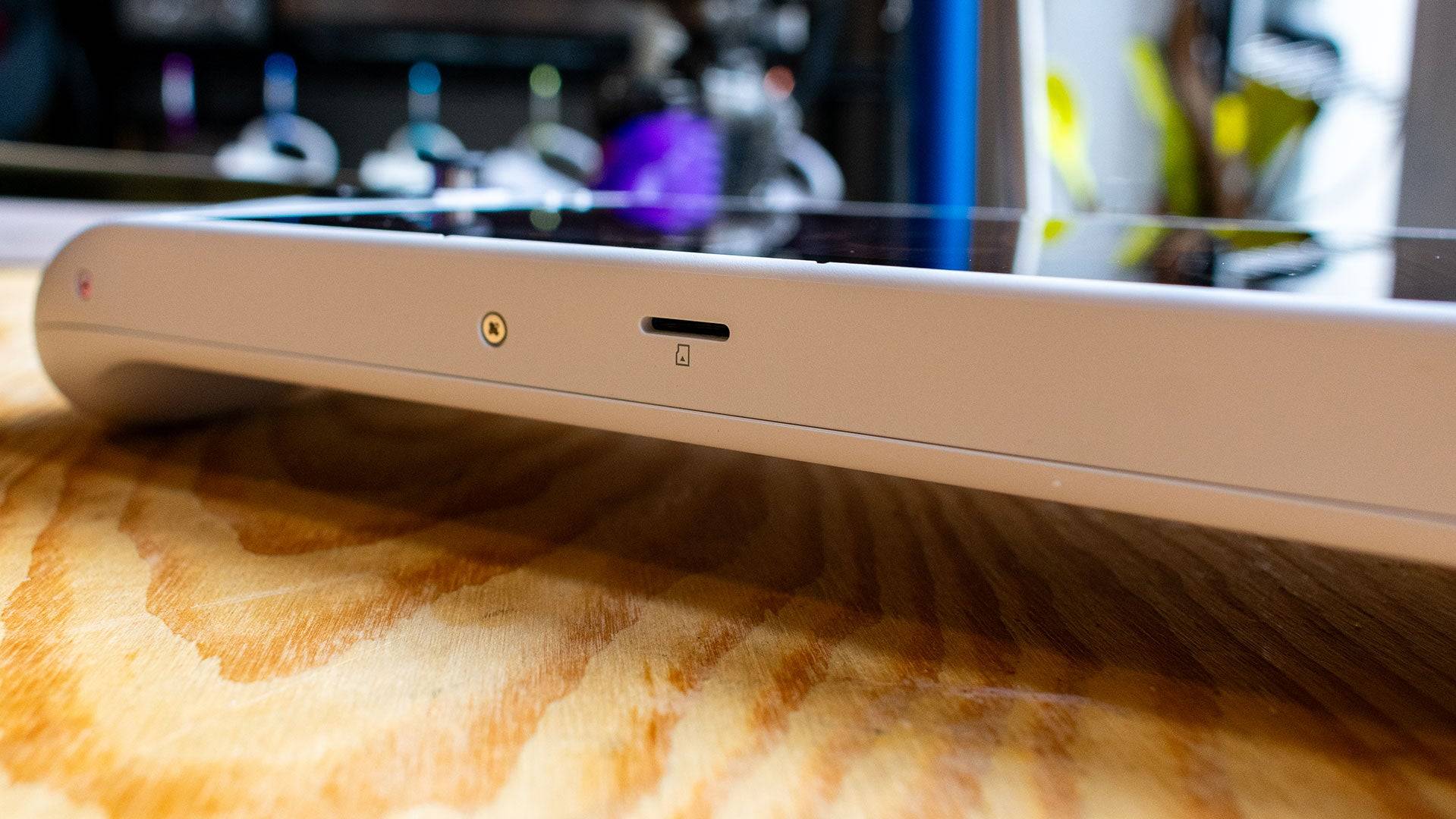
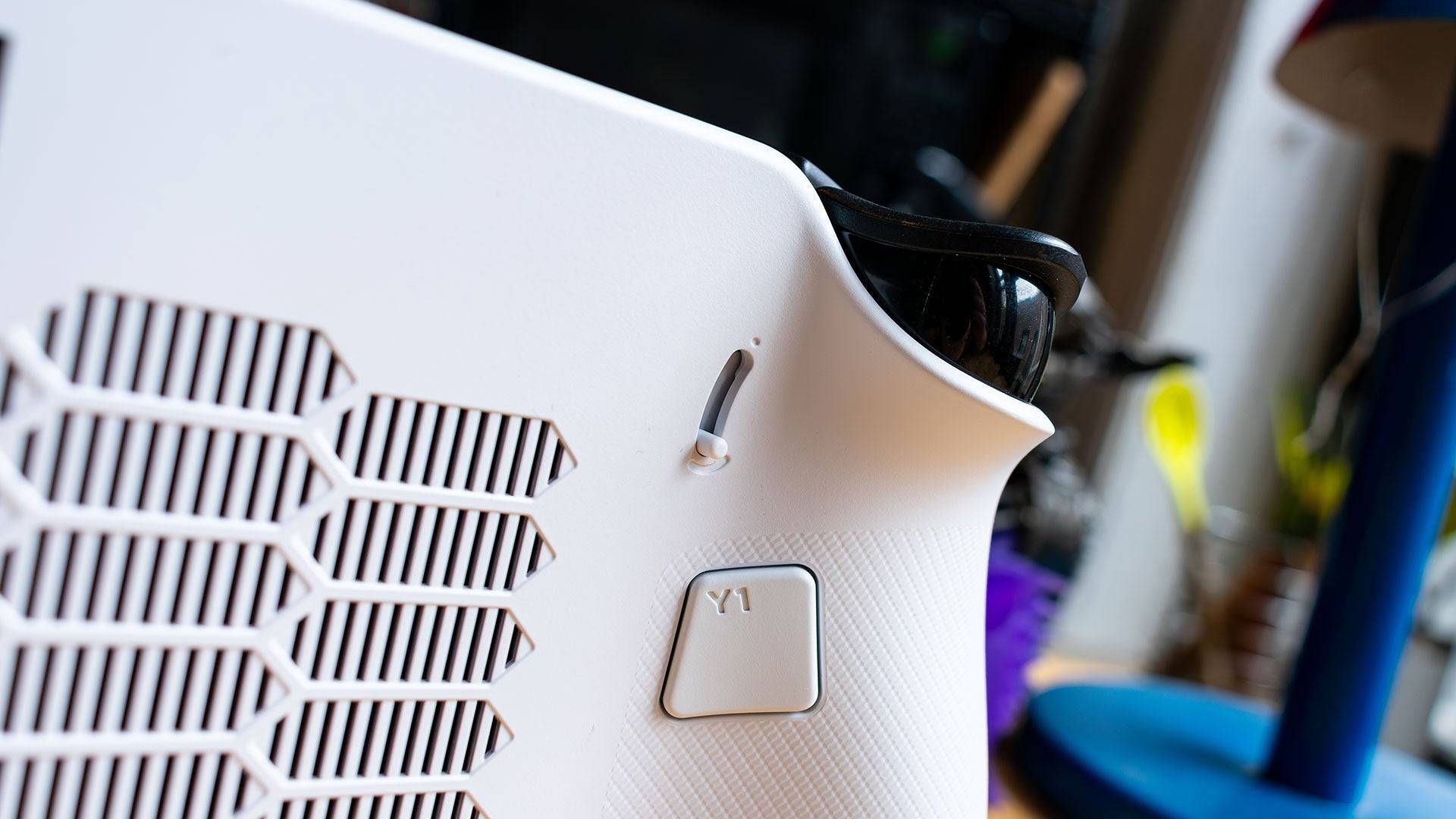
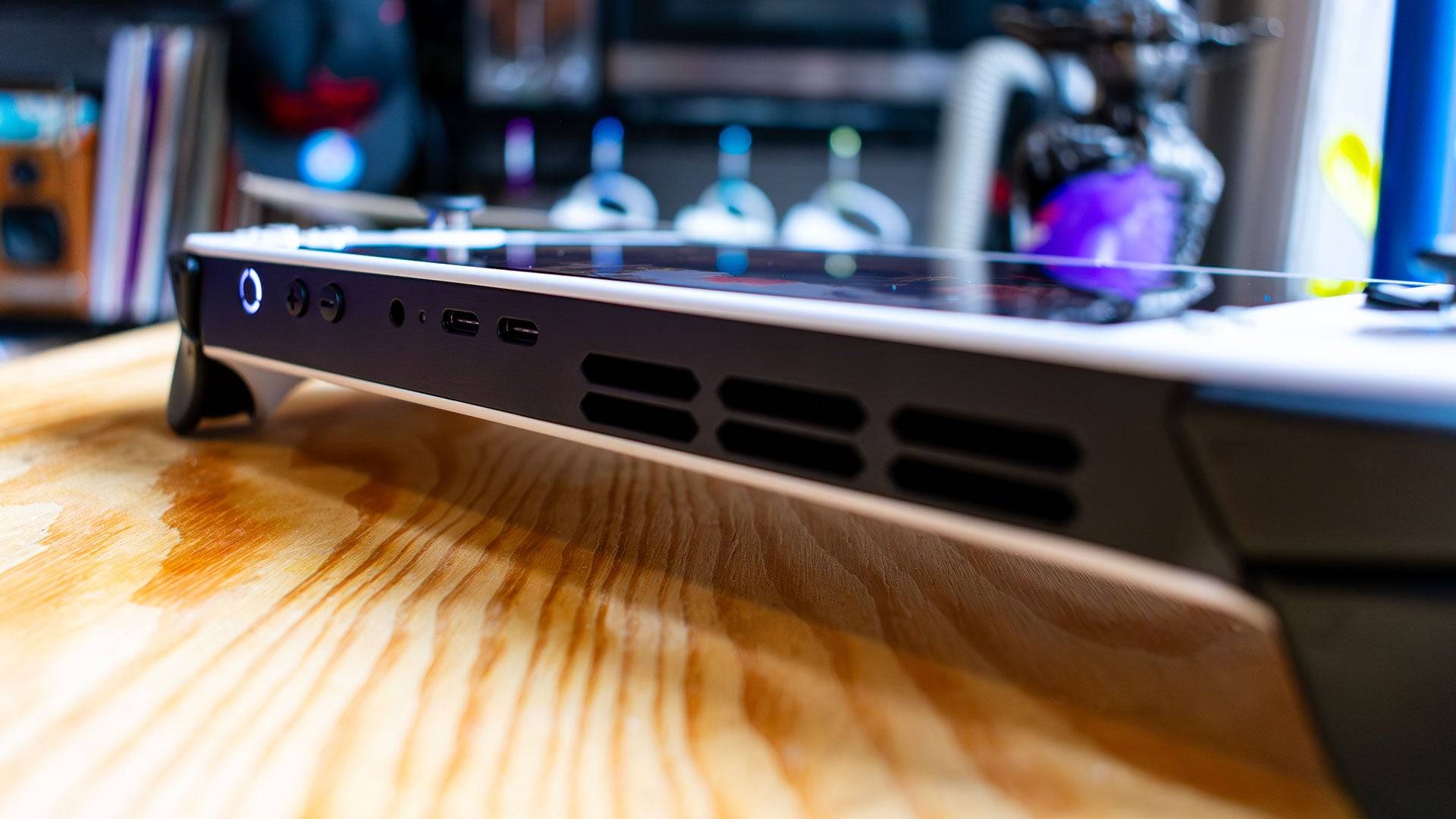
Design and Build
The Legion Go S resembles the Asus ROG Ally more than its predecessor. Its unibody design enhances usability. Rounded edges provide comfortable grip despite its 1.61-pound weight (heavier than the Asus ROG Ally X). However, the 8-inch, 1200p IPS display, boasting 500 nits of brightness, is stunning, rivaling even the Steam Deck OLED.
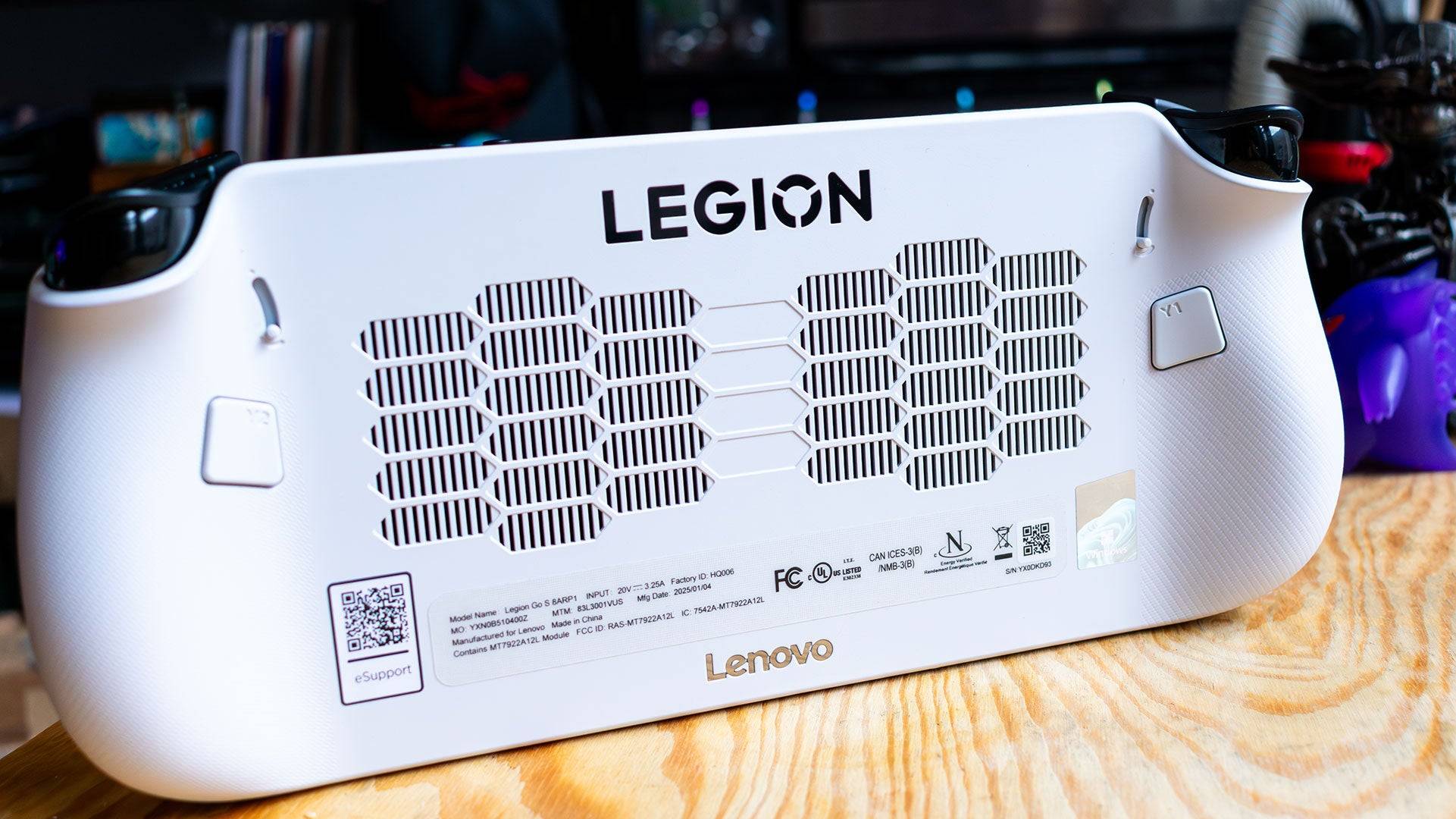
Available in Glacier White and Nebula Nocturne (the latter exclusive to the SteamOS version), it features bright RGB lighting around the joysticks, customizable via an on-screen menu. Button placement is more intuitive than the original Legion Go, though the Lenovo menu buttons above the standard 'Start' and 'Select' buttons require adjustment. These menu buttons offer quick access to system settings and shortcuts.
The reduced touchpad is less convenient than the original's, hindering Windows navigation. The left-side button accesses LegionSpace software for system management. Rear programmable paddle buttons are improved, offering more resistance. Adjustable triggers offer only two settings: full and minimal travel. Dual USB 4 ports are located on top, while the microSD card slot is awkwardly placed on the bottom.
Purchasing Information
The reviewed model (available February 14th) costs $729.99, featuring a Z2 Go APU, 32GB LPDDR5 RAM, and a 1TB SSD. A cheaper 16GB RAM/512GB SSD version launches in May for $599.99.
Performance
The AMD Z2 Go APU, while new, isn't groundbreaking. Its Zen 3 processor (4 cores/8 threads) and RDNA 2 GPU (12 cores) are older technologies. Benchmark tests show it lagging behind the Legion Go and ROG Ally X. Battery life (4 hours 29 minutes in PCMark10) is surprisingly shorter than the original Legion Go, despite a weaker chipset.

3DMark results reveal significant performance deficits compared to competitors. Gaming performance is mixed; it slightly outperforms the Legion Go in some titles but lags in others. High-demanding games like Horizon Forbidden West struggle even at low settings. Less demanding games perform well.
Value Proposition
The $729 price tag for the initial configuration is perplexing, especially considering the weaker APU and lower resolution. The 32GB RAM is excessive for the hardware. The slower 6,400MHz memory further impacts performance. While allocating more RAM to the frame buffer improves performance, this requires BIOS adjustments, a process not clearly outlined in the user manual.
The excessive RAM is unnecessary for most handheld gaming scenarios. The $599 16GB RAM version, however, presents a much stronger value proposition.
Poll: Which Gaming Handheld Are You Most Excited For in 2025?
AnswerSee ResultsIn conclusion, the Lenovo Legion Go S's initial configuration is overpriced for its performance. The May release with 16GB of RAM significantly improves its value. The gorgeous display and comfortable design are highlights, but potential buyers should carefully consider the performance limitations and pricing before purchasing.
-
1
![Roblox Forsaken Characters Tier List [UPDATED] (2025)](https://imgs.ksjha.com/uploads/18/17380116246797f3e8a8a39.jpg)
Roblox Forsaken Characters Tier List [UPDATED] (2025)
Mar 17,2025
-
2

Roblox UGC Limited Codes Unveiled for January 2025
Jan 06,2025
-
3

Stardew Valley: A Complete Guide To Enchantments & Weapon Forging
Jan 07,2025
-
4

Pokémon TCG Pocket: Troubleshooting Error 102 Resolved
Jan 08,2025
-
5

Free Fire Characters 2025: Ultimate Guide
Feb 20,2025
-
6
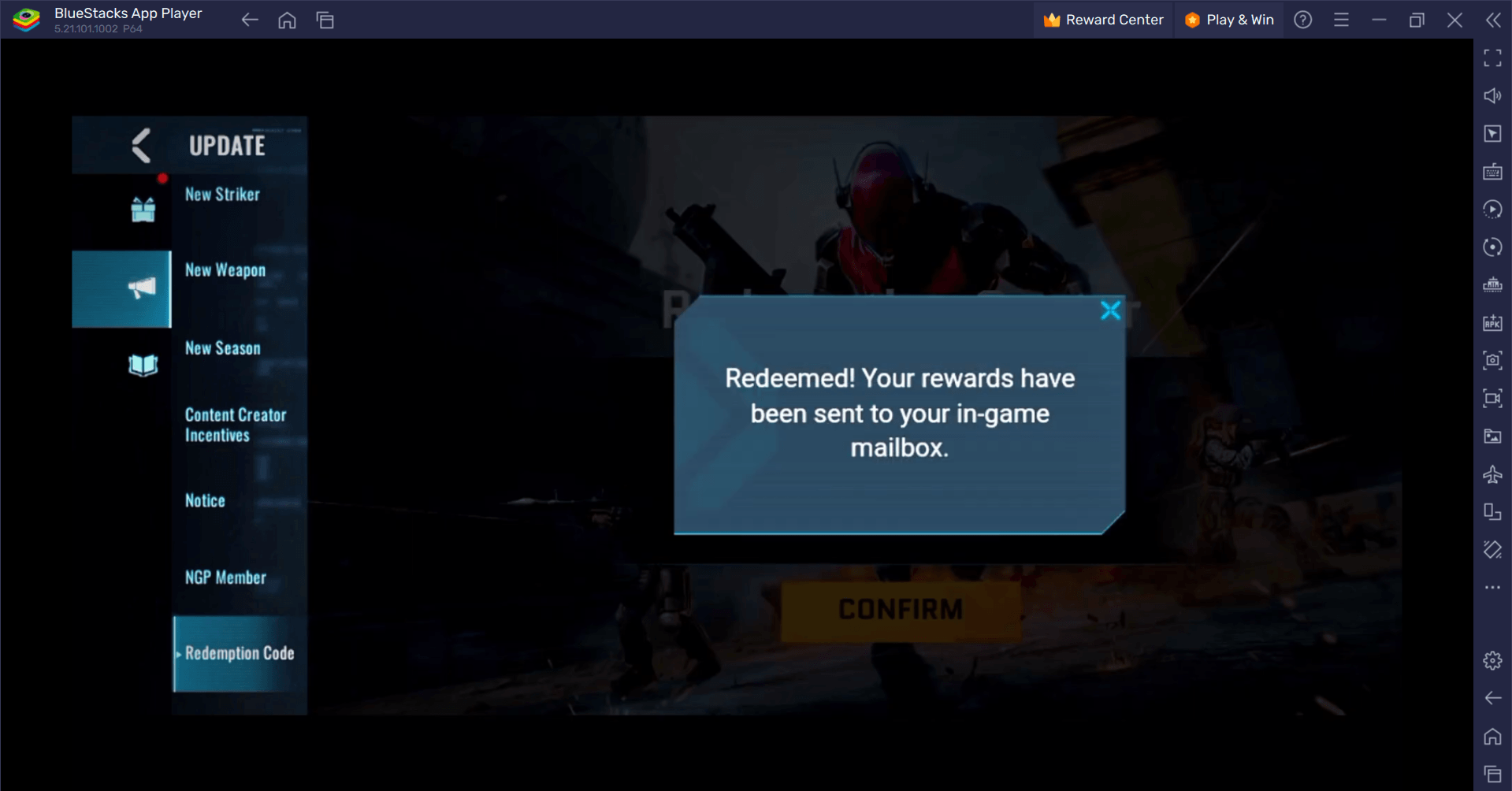
Blood Strike - All Working Redeem Codes January 2025
Jan 08,2025
-
7

Blue Archive Unveils Cyber New Year March Event
Dec 19,2024
-
8

Roblox: RIVALS Codes (January 2025)
Jan 07,2025
-
9

Cyber Quest: Engage in Captivating Card Battles on Android
Dec 19,2024
-
10

Delta Force: A Complete Guide to All Campaign Missions
Apr 09,2025
-
Download

A Simple Life with My Unobtrusive Sister
Casual / 392.30M
Update: Mar 27,2025
-
Download

Random fap scene
Casual / 20.10M
Update: Dec 26,2024
-
Download
![Corrupting the Universe [v3.0]](https://imgs.ksjha.com/uploads/66/1719514653667db61d741e9.jpg)
Corrupting the Universe [v3.0]
Casual / 486.00M
Update: Dec 17,2024
-
4
Ben 10 A day with Gwen
-
5
Oniga Town of the Dead
-
6
A Wife And Mother
-
7
Cute Reapers in my Room Android
-
8
Permit Deny
-
9
Utouto Suyasuya
-
10
Roblox











